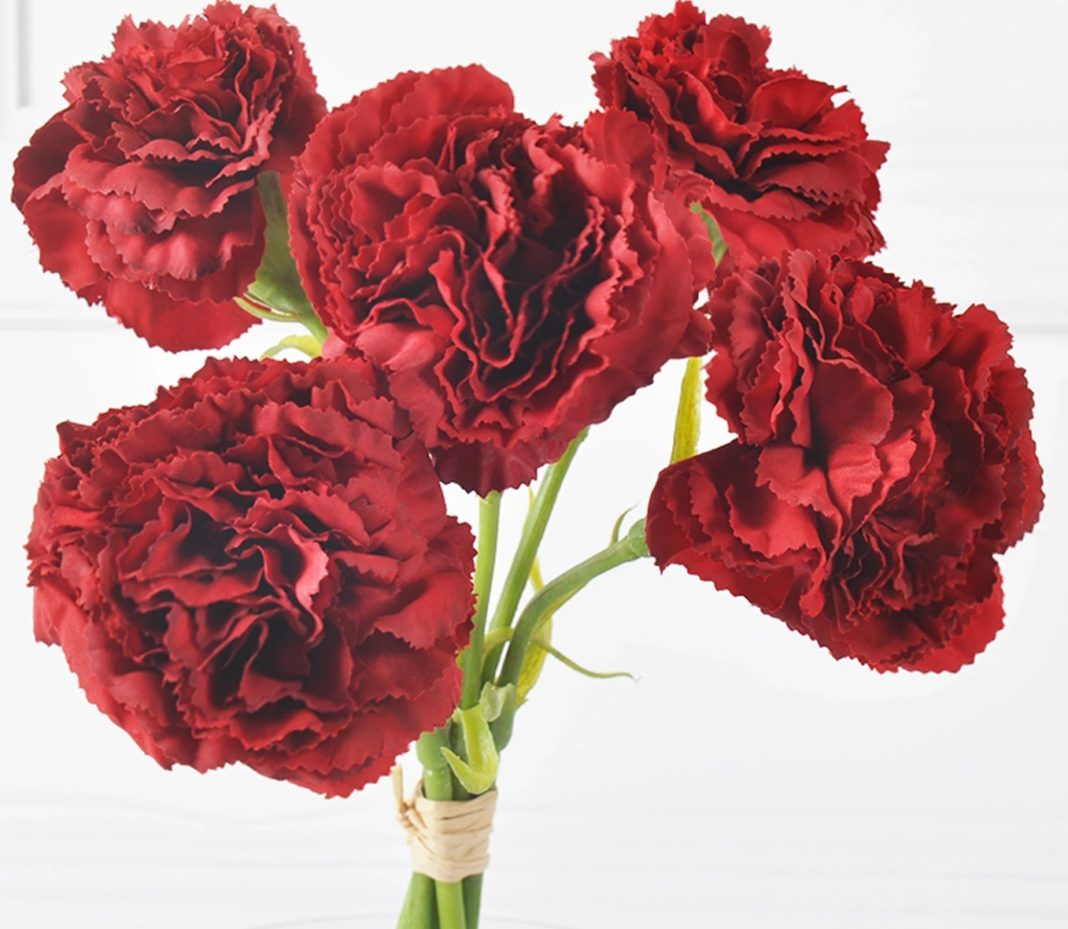The Carnation in general is the national flower of Spain, with the red carnation being particularly beloved.
Representing the affection between lovers, it has also been used as a religious symbol for the passion of Christ, to represent the crown of thorns.
Spaniards have used carnations with their various colours to express feelings to those around them and their loved ones. Pink carnations represent signs of gratitude or maternal love, while white shows purity and luck.
Carnations are a popular choice for the garden, due to their wide variety of bright colours, coming in annual, biennial and perennial types. Depending on your space, you are sure to find a variety that will fit your garden, as the plants can be planted in flower beds or grown in containers.
The flowers range from dwarf to large bloom, where the stem and can grow up to 24 inches high.
Carnations should be planted in an area that gets between four to six hours of sunlight per day, preferring sunlight rather than shade.
Use well-drained soil that is fertile and slightly alkalized. If the soil is too fertile or water absorbent, the flowers won’t bloom properly, or become discoloured. Carnations grow best in temperatures of 50-65 degrees during the day and 40-50 degrees at night.
Carnations have many medicinal uses as they can reduce inflammation and swelling, brewed as a tea to reduce a fever and stomach ache. The oil extracted from the flower is used for the treatment of skin rashes and eczema, along with skin-moisturizing beauty products.






